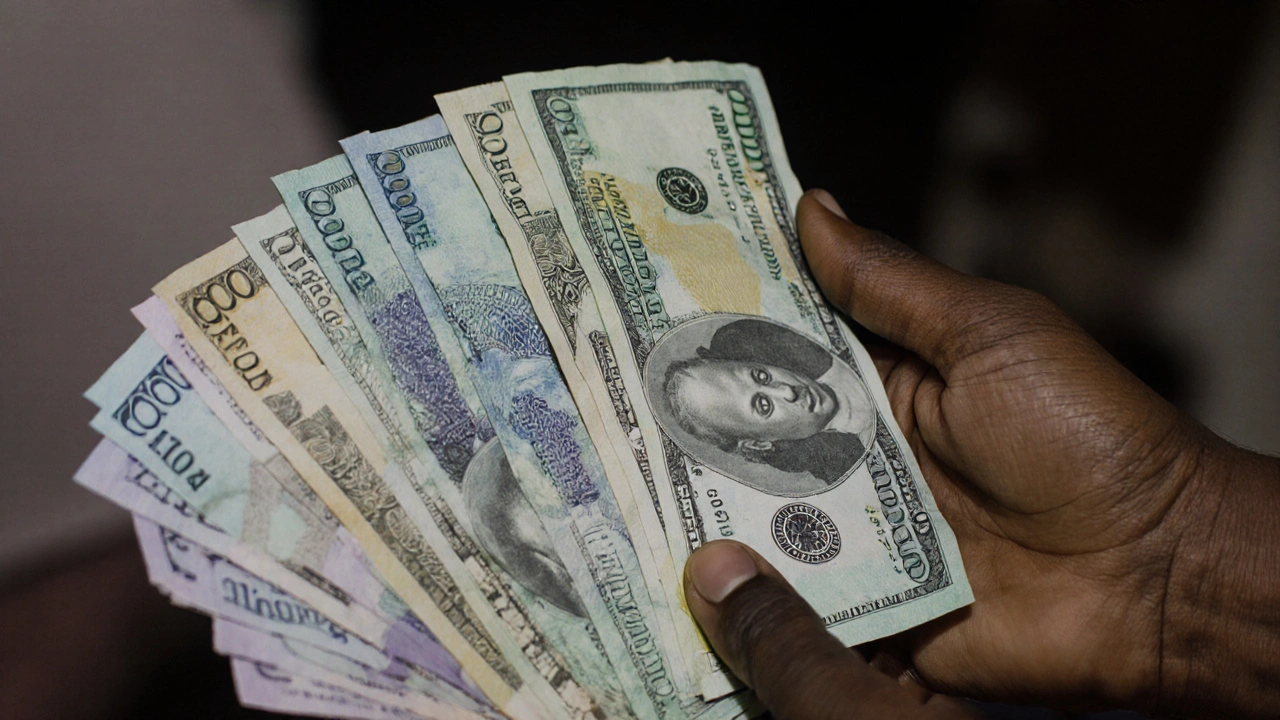Exchange Rate – What It Means and Why It Matters
When you hear about the exchange rate, you’re hearing a figure that tells you how much of one currency you need to buy a unit of another. Exchange Rate, the price of one currency expressed in another. Also known as FX rate, it drives everything from travel budgets to import costs. In everyday life, you’ll see it when you pull up a conversion app before a trip or when a business calculates how much a shipment from abroad will cost in local money. The concept is simple, but the forces behind it are layered – supply and demand for a currency, interest differentials, and even geopolitical events can cause the number to jump in seconds. Understanding this basic definition sets the stage for the deeper topics we’ll unpack next.
Key Players that Shape Exchange Rates
One of the most direct ways the exchange rate shows up is through Currency Conversion, the process of swapping one currency for another at the prevailing exchange rate. Whether you’re using an online tool or stepping into a bank, the conversion you get reflects the market’s current view of value. The broader environment that feeds those numbers is the Foreign Exchange Market, a global, decentralized network where banks, corporations, and traders buy and sell currencies. This market is massive – it handles over $6 trillion daily – and its liquidity means even small shifts in sentiment can move rates quickly. Another big factor is Inflation, the rate at which general price levels rise, eroding purchasing power. High inflation in a country usually weakens its currency because each unit buys less, prompting traders to demand more foreign money for the same goods. All three – conversion, the forex market, and inflation – interlock, shaping the day‑to‑day swings you see on a news ticker.
Beyond those basics, the role of Central Bank Policy, decisions by a nation’s monetary authority on interest rates and money supply cannot be overstated. When a central bank raises rates, its currency often rises because higher returns attract foreign capital. Conversely, easing policy can depress the exchange rate as investors look elsewhere for yield. Trade dynamics also matter – a country that exports more than it imports tends to see its currency appreciate, while large trade deficits can pull it down. Think of the exchange rate as a bridge linking local economies to the global stage; everything from a headline about political unrest to a quiet shift in monetary policy can send traffic across that bridge. Below you’ll find articles that dig into specific moves, explain how to read rate charts, and show real‑world examples of how these forces play out for businesses and travelers alike. Let’s jump into the collection and see how the theory translates into the headlines you’ve been following.
Yuan Gains as Dollar Weakens and Chinese Stocks Rally
The Chinese yuan has appreciated amid a softer US dollar and a buoyant domestic stock market. Year‑to‑date it’s up over 2%, with a modest 0.13% rise in the past month, trading near 7.14 per dollar. Analysts link the move to shifting global risk sentiment and policy signals. Investors are watching for further swings as China navigates growth challenges.

